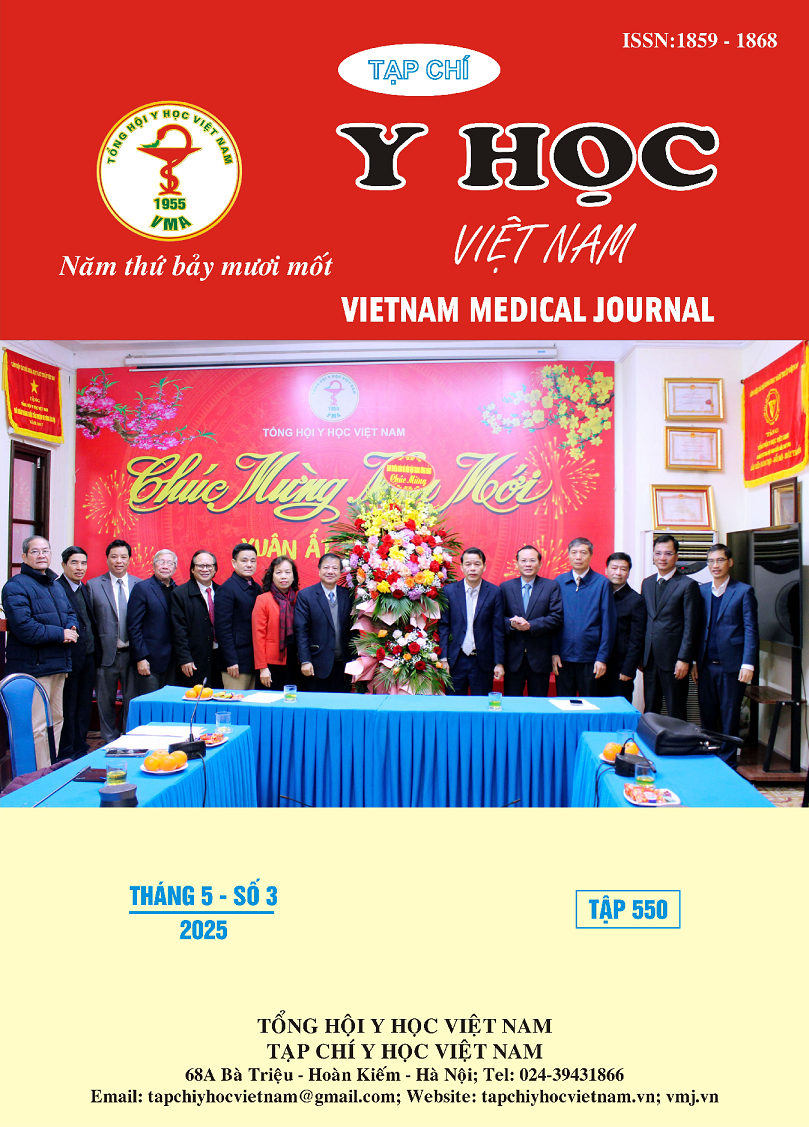TREATMENT OUTCOMES OF MOLAR-INCISOR HYPOMINERALIZATION (MIH) IN PERMANENT INCISORS WITH MILD LESIONS AMONG SCHOOLCHILDREN AGED 7–10 YEARS
Main Article Content
Abstract
7–10 YEARS
Molar-incisor hypomineralization (MIH) is a common enamel defect that affects both esthetics and function. While conventional treatment approaches may result in unnecessary loss of sound tooth structure, the resin infiltration technique using ICON offers a minimally invasive solution that preserves enamel, improves color, and reduces hypersensitivity. Methods: A non-controlled clinical intervention study was conducted on 45 children (aged 7–10 years) with mild to moderate MIH affecting permanent incisors at Phuong Thanh Dental Center, Dong Thap. The treatment protocol included enamel microabrasion, etching with 15% hydrochloric acid, ethanol (99%) desiccation, ICON resin infiltration, and light curing. Treatment outcomes were assessed based on shade change (VITA 3D Master shade guide), lesion size (AutoCAD analysis), hypersensitivity (VAS scale), and patient satisfaction. Results: All treated teeth (100%) showed immediate elimination of white spot lesions, with results maintained after two months. Shade matching with adjacent enamel was achieved in most cases. No adverse soft tissue reactions were observed. Hypersensitivity was eliminated in 84.4% of teeth immediately and in 100% after one month. High satisfaction was recorded, with 90,3% of patients and caregivers reporting satisfaction or high satisfaction. Conclusion: ICON resin infiltration is considered an effective, safe, and minimally invasive treatment option for managing mild to moderate MIH lesions.
Article Details
Keywords
MIH, infiltration resin, minimally intervention
References
2. Chakravarthy P. K., Kumar Y. S., Hanan S., Systematic Review and Meta-Analysis of the Prevalence of Molar-Incisor Hypomineralization. Journal of International Oral Health, 2017. 9 (6): 243-250.
3. Võ Trương Như Ngọc. Kém khoáng hóa men răng hàm lớn - răng cửa (MIH): Nghệ thuật chẩn đoán, điều trị và kiểm soát. Nhà xuất bản Giáo dục Việt Nam, Hà Nội. 2023; 89-128.
4. Altan H., Yilmaz R. E., Clinical evaluation of resin infiltration treatment masking effect on hypomineralised enamel surfaces. BMC Oral Health, 2023. 23 (1): 444.
5. Brescia A. V., et al., Management of Enamel Defects with Resin Infiltration Techniques: Two Years Follow Up Retrospective Study. Children (Basel), 2022. 9 (9).
6. Ha P. T., et al., Clinical Features of Anterior Teeth Affected by Molar Incisor Hypomineralization and Treatment Experiences Using Transilluminated Light: A Cross-Sectional Study. Journal of Dentistry Indonesia, 2024. 31 (2): 132-140.
7. Ngoc V. T. N., et al., Minimally Invasive Treatment of Molar Incisor Hypomineralization Without Using Burs: Experiences via A Case Series in Vietnam. Journal of Dentistry Indonesia, 2024. 31(2): 180-187.
8. Gu X., et al., Esthetic evaluation of resin infiltration for the treatment of molar-incisor hypomineralization. Journal of Prevention and Treatment for Stomatological Diseases, 2021. 689-694.
9. Saccucci M., et al., Assessment of Enamel Color Stability of Resins Infiltration Treatment in Human Teeth: A Systematic Review. Int J Environ Res Public Health, 2022. 19 (18).
10. Garot E., et al., An update of the aetiological factors involved in molar incisor hypomineralisation (MIH): a systematic review and meta-analysis. Eur Arch Paediatr Dent, 2022. 23 (1): 23-38.


